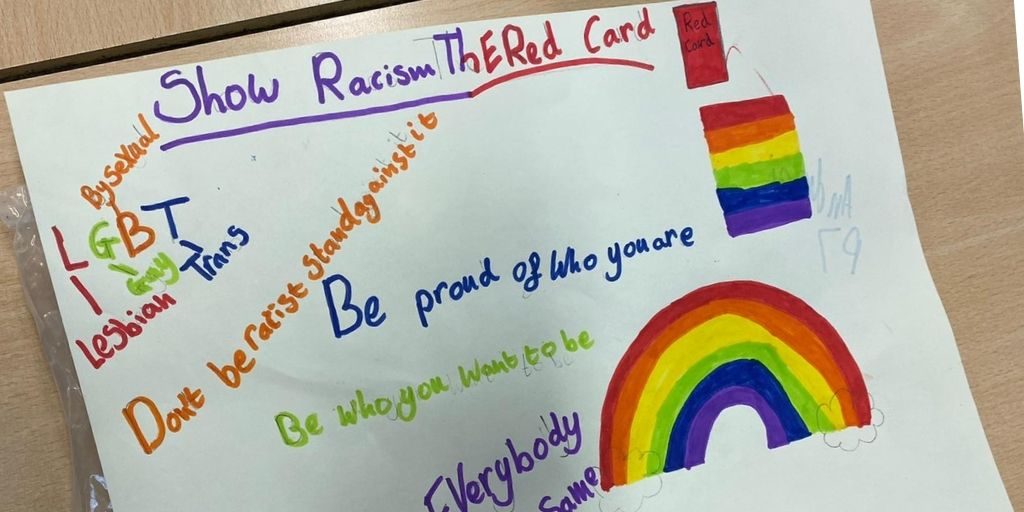LGBTQ+
People around the world face inequality because of who they are, how they look, or who they love. Some also experience namecalling and bullying, being denied jobs, and some are even denied healthcare in selected countries. LGBTQ+ stands for lesbian, gay, bisexual, transgender and queer. the ‘+’ represents all other gender identities, expressions and orientations that exist, such as non-binary, intersex, or asexual. People decide for themselves how they want to be labelled, some people don’t want to be labelled at all.
Sex and Gender – what is this?
Sex is biological, someone is often either male or female. Whereas gender has to do with how you feel within your body. Your gender identity may or may not correspond with your sex assigned at birth, nor in line with expectations and norms. There are all different types of gender identities and sexual orientations.
- Transgender is the term that is used to describe someone who feels and acts like a boy but has the body of a girl. Or the other way, where someone feels like girl, but is born as a boy.
- Non-binary is used to describe people who do not identify themselves as a girl or boy. They are just the person they want to be.
- Intersex is when someone has characteristics of both biological sexes. This means that that someone is neither male nor female.
- Pansexuality is almost like bisexuality. If you are bisexual, then you like both boys and girls. If you are pansexual you do not want to define who you fall in love with, as you feel attraction to someone’s personality and not their sex.
- Asexuality is when you do not feel any attraction to anybody.
- Queer is a term that is used to describe anyone with a gender identity or sexual orientation that is not the norm.
Gender norms and Homophobia & transphobia
Each culture has standards about the way people should behave based on their sex, these are called gender norms. Examples of a gender role is that girls are often expected to wear dresses or that it not for boys to wear nail polish. How people feel about sexual orientation can also be different from culture to culture. Unfortunately, there are people in this world who dislike and have hateful feelings towards same-sex attraction or trans people. There are even terms for these hateful feelings: we call it homo-and transphobia. These two terms refer to prejudices and discrimination against lesbians, gays, bisexuals and transsexuals. Sometimes comments may be unintentional, but even those can still hurt lesbian, gay, bisexual and trans people. It should not matter which gender you fall in love with, love is still love.

The effect of LGBTQ+phobia
In a study by Out Sport, 33% of the questioned LGBT+ youth stated that they remain completely closeted in their sports context and 20% refrain from participating in a sport of interest due to their sexual orientation and/or gender identity (2019). However, beyond sport, the statistics concerning mental health problems and suicide are way higher among LGBTQ+ youth. On top of that, people that identify as part of the LGBTQ+ are at higher risk to experiencing violence or harassment than their non-LGBTQ+ peers.
Possible in-class discussion topics:
- Is society a safe space for the LGBTQ+ people
- The difference between sex and gender;
- Gender as a social construct;
- The use of religion to validate refusing services to LGBTQ+ people;
- The marginalized position of people who identify as transgender.


